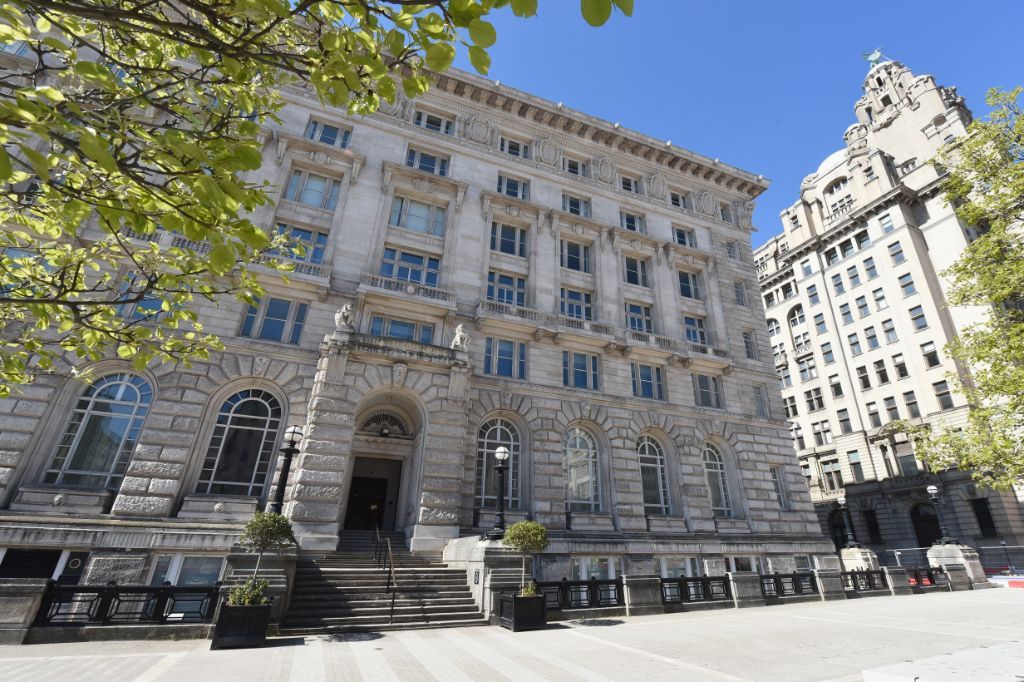Cunard Building to join Liverpool’s heat network
Funding is being lined up to connect the waterfront landmark and council HQ to a district heat network, as the local authority looks to decarbonise its estate.
A meeting of Liverpool City Council’s cabinet on 25 February will be asked to approve the acceptance of grant funding from the Combined Authority to link the building to the system, the grant also covering other fabric improvements at the site.
LCC bought the Cunard Building in 2014, relocating council staff to the location over the following months and years.
The report to cabinet also seeks authority to enter into a heads of terms agreement followed by a connection & supply agreement with Mersey Heat.
Finally, LCC will seek a loan of £268,190.48 from LCRCA by way of a back-to-back loan form the National Wealth Fund, or a loan directly from the Public Works Loan Board, which would used as match funding for the grant from LCRCA.
By joining the network the Cunard’s current gas-fed heating system would be replaced, contributing to the council’s plan to decarbonise its estate and operations by 2030.
Heating in council-owned buildings currently accounts for around 30% of its carbon footprint, and the Cunard Building is a high emission site, with more than 2,000 Mwh/year, on account of its size and age.
Mersey Heat already has an existing heat network in the proximity of the Cunard Building. Connecting to the building will require laying insulated metal pipes beneath nearby streets, which would enter through the basement of the Cunard and be connected to its ‘wet’ heating system. Mersey Heat has already secured consent for the street network and to also break through the basement walls at the listed building.
LCC has been allocated £1.6m of grant funding as part of a wider public sector decarbonisation scheme Salix application led by LCRCA.
The grant enables the Cunard connection, which in turn should allow the Museum of Liverpool (owned by National Museums Liverpool) and George’s Dock Building (owned by LRCRA) access to heat networks through the Cunard’s basement.
The decision to connect to the heat network follows a feasibility study by Kier, which also looked at various methods for decarbonising the Cunard, including various types of heat pump system and upgrades of the existing gas system.
Other systems to be pursued at the Cunard will be the introduction of some solar PV cells, LED lighting and zone valves and controls.





Is Mersey Heat the Peel Project that serves the Titanic Hotel etc?
By Julie Andrews
So how will the heat be generated? Half a story here
By Martindale
Glad to see our hard working officials in the Cunard Palace have their priorities straight.
By Jefff